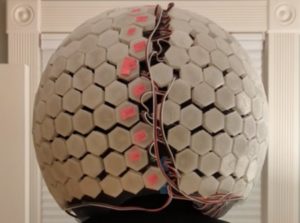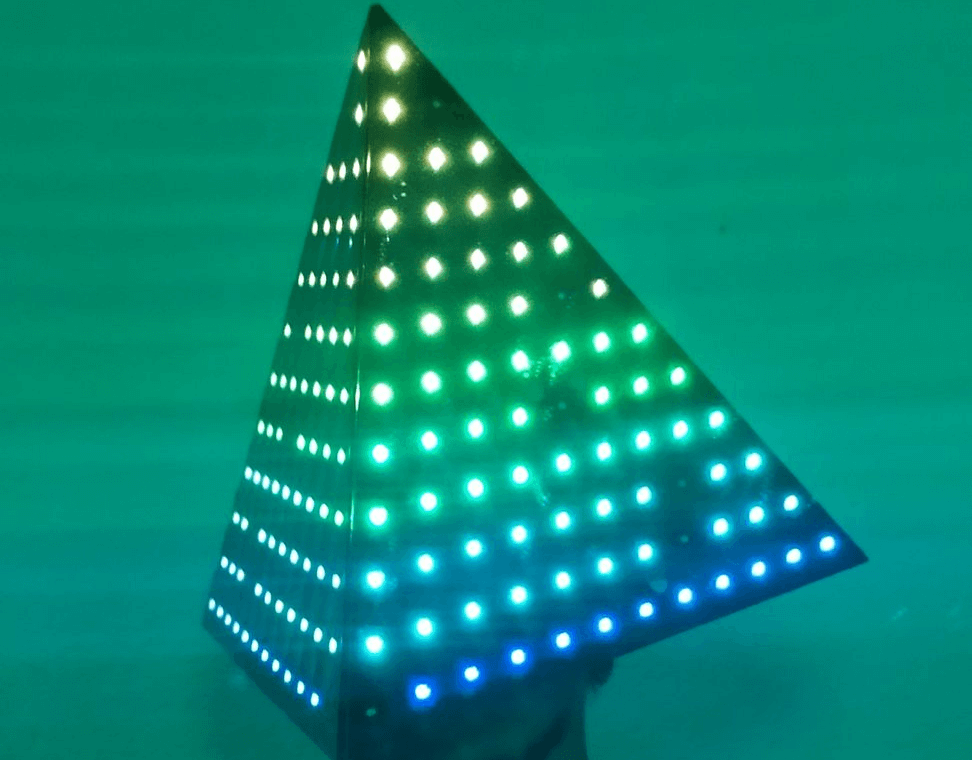Schlagwort: LED Helmet
-

Huge LED globe becomes Halloween helmet
Reading Time: 2 minutesSome Halloween costumes are creepy, others are racy, and a few, like this one, are just plain cool. LEDs have been common since the 1960s, but they can still stand out when done well. As it turns out, one way to achieve that is by arranging 378 of them around a big…
-

A DIY Deichkind-inspired tetrahedral LED hat
Reading Time: < 1 minuteA DIY Deichkind-inspired tetrahedral LED hat Arduino Team — June 11th, 2020 After mechanical engineer “Kuchbert” saw the hip-hop/electropunk band Deichkind perform — wearing LED-embedded tetrahedral hats, no less — he decided he wanted his own glowing geometric headpiece. Now, nearly 10 years and several shows later, he finally got his…
-

James Bruton’s 512 LED DJ helmet adds more glow to his Performance Robots show
Reading Time: 2 minutesJames Bruton’s 512 LED DJ helmet adds more glow to his Performance Robots show Arduino Team — November 13th, 2019 If you’ve ever thought that your musical performance needed more LEDs, then James Bruton’s DJ helmet may be just the thing for you. The YouTuber’s wearable device is built on the base…
-

James Bruton’s 512 LED DJ helmet adds more glow to his Performance Robots show
Reading Time: 2 minutesJames Bruton’s 512 LED DJ helmet adds more glow to his Performance Robots show Arduino Team — November 13th, 2019 If you’ve ever thought that your musical performance needed more LEDs, then James Bruton’s DJ helmet may be just the thing for you. The YouTuber’s wearable device is built on the base…
-

James Bruton’s 512 LED DJ helmet adds more glow to his Performance Robots show
Reading Time: 2 minutesJames Bruton’s 512 LED DJ helmet adds more glow to his Performance Robots show Arduino Team — November 13th, 2019 If you’ve ever thought that your musical performance needed more LEDs, then James Bruton’s DJ helmet may be just the thing for you. The YouTuber’s wearable device is built on the base…


